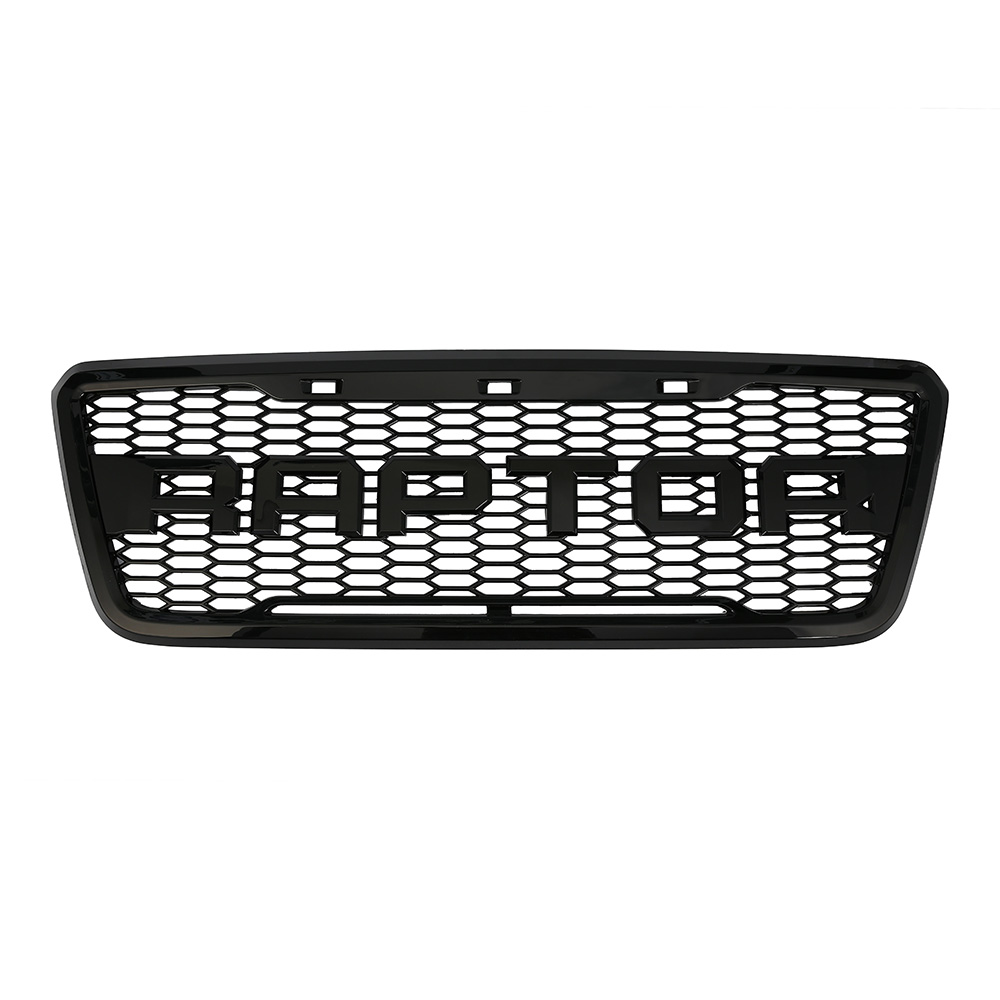
Automotive grilles are an essential component of vehicle design, providing both functional and aesthetic value. They protect the radiator and engine from debris, allow airflow for cooling, and contribute to the overall appearance of the vehicle. Automotive grille manufacturers choose materials carefully to balance strength, weight, durability, and style.
One of the common materials used in grille production is plastic. Plastics such as ABS (Acrylonitrile Butadiene Styrene) and polycarbonate are widely favored for their lightweight properties, ease of molding, and resistance to corrosion. Plastic grilles can be shaped into complex designs, allowing automotive designers to create distinctive looks without significantly increasing vehicle weight. A grille made from high-quality plastic can withstand minor impacts from debris and resist fading or cracking over time. Many automotive grille manufacturers produce plastic grilles in a range of finishes, including chrome-plated or painted surfaces, to match vehicle aesthetics.
Metal is another material frequently employed in grille construction. Aluminum and stainless steel are popular choices due to their strength, durability, and resistance to rust. Aluminum grilles are lightweight, which can contribute to fuel efficiency, while stainless steel offers a robust, long-lasting option that can withstand harsh weather conditions. Metal grilles can be polished, brushed, or coated to enhance visual appeal, and they often provide a more premium look compared to plastic. Automotive grille manufacturers may select metals for higher-end models or for applications where strength and resistance to damage are priorities.
In some cases, composite materials are used to combine the benefits of plastic and metal. For example, a grille may feature a metal frame for rigidity while incorporating plastic elements for intricate design patterns. Composites can provide a balance between strength, weight, and cost-effectiveness, making them a versatile option in grille production. By combining materials, automotive grille manufacturers can meet specific performance requirements while maintaining flexibility in design.
Coatings and finishes also play an important role in grille materials. Whether plastic, metal, or composite, grilles are often coated to resist corrosion, UV exposure, and environmental wear. Chrome plating, powder coating, and electroplating are common techniques that enhance both durability and aesthetics. These treatments ensure that grilles retain their appearance and functionality over time, even in regions with weather conditions. Automotive grille manufacturers consider these coatings as part of the overall material selection process to extend the lifespan of the product.
The choice of material also impacts production methods. Plastic grilles are typically produced through injection molding, which allows for high precision and efficient mass production. Metal grilles may be stamped, cast, or machined, requiring specialized equipment and processes. Composite grilles combine techniques, often involving assembly of different components. The production method affects cost, scalability, and design flexibility, so automotive grille manufacturers carefully select materials that align with the intended manufacturing approach.
Automotive grille manufacturers use a variety of materials, including plastics, metals, and composites, to create functional and visually appealing grilles. Each material offers distinct advantages in terms of weight, strength, durability, and design possibilities. Coatings and finishes further enhance performance and appearance. By carefully choosing and combining materials, manufacturers ensure that grilles protect vehicle components, allow proper airflow, and contribute to the overall look of the vehicle. Understanding these material choices provides insight into the balance between performance and style in modern automotive design.

 English
English 日本語
日本語 Français
Français Deutsch
Deutsch Español
Español 简体中文
简体中文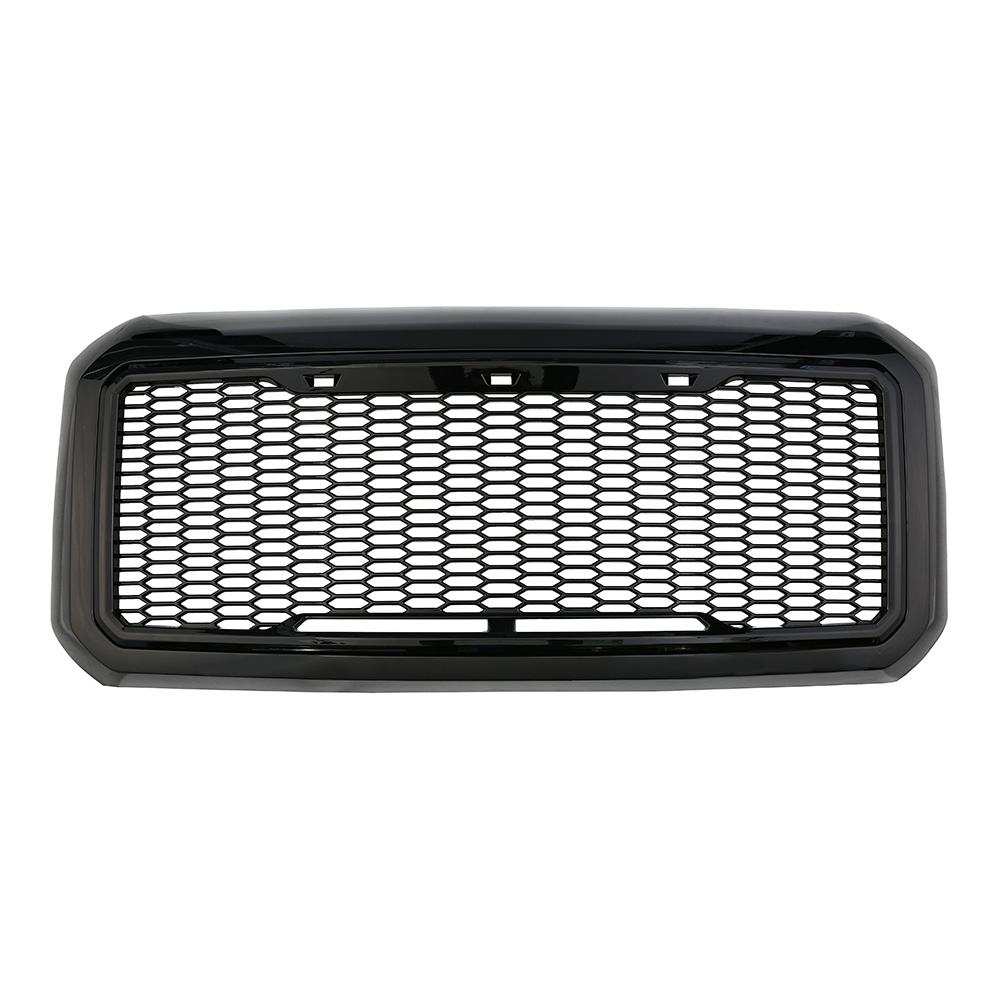
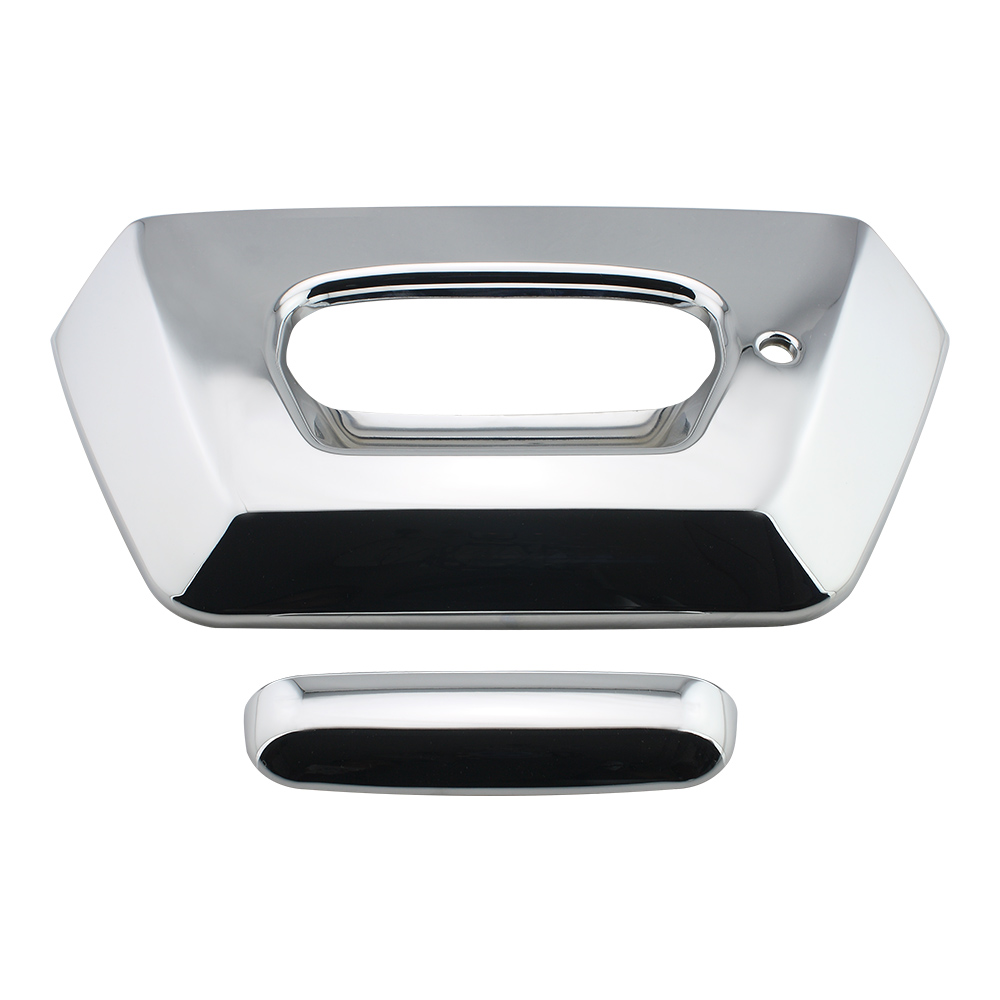
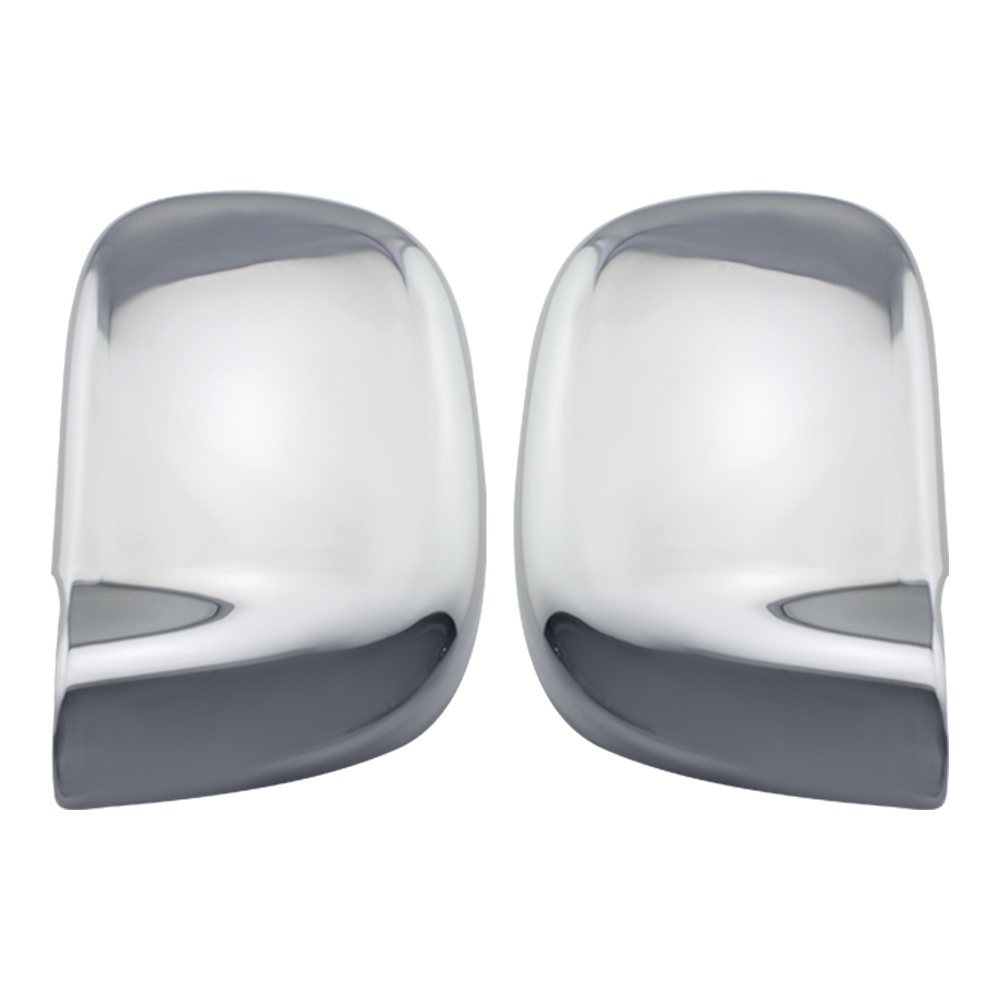 View More >>
View More >>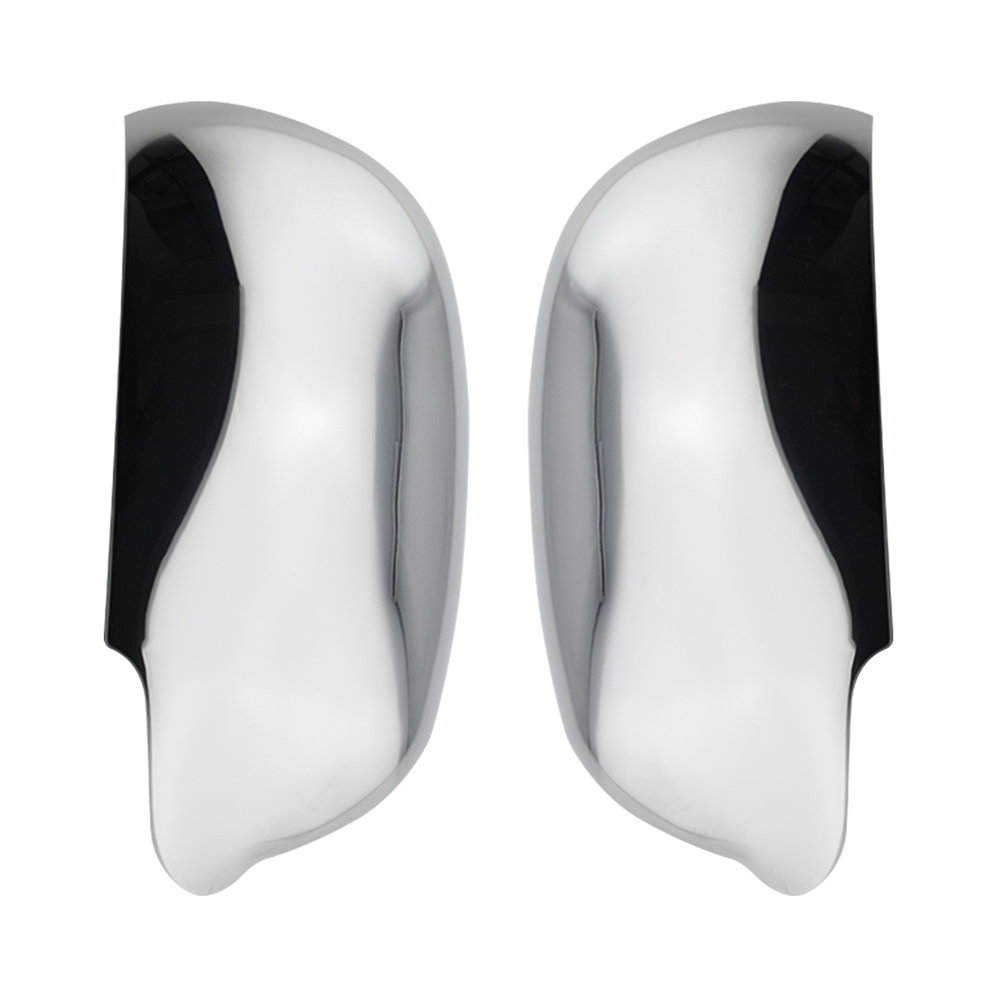 View More >>
View More >> View More >>
View More >>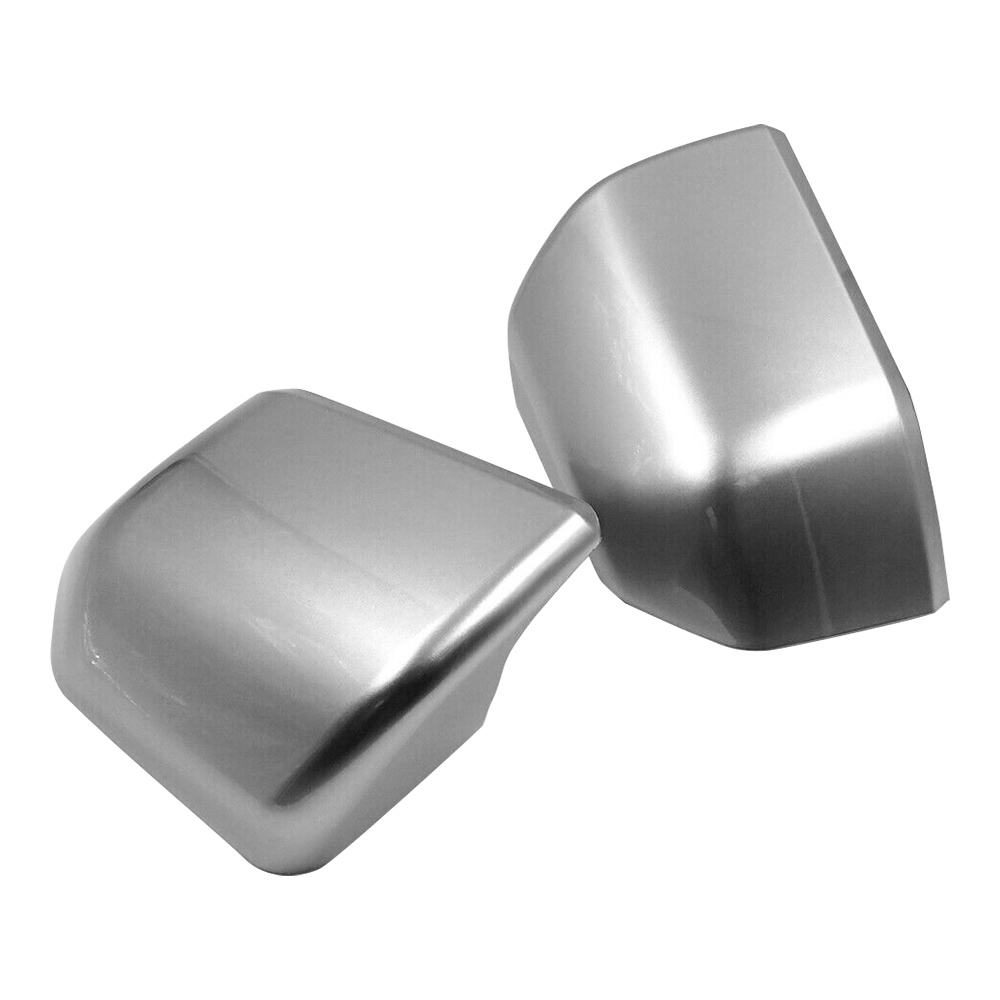 View More >>
View More >>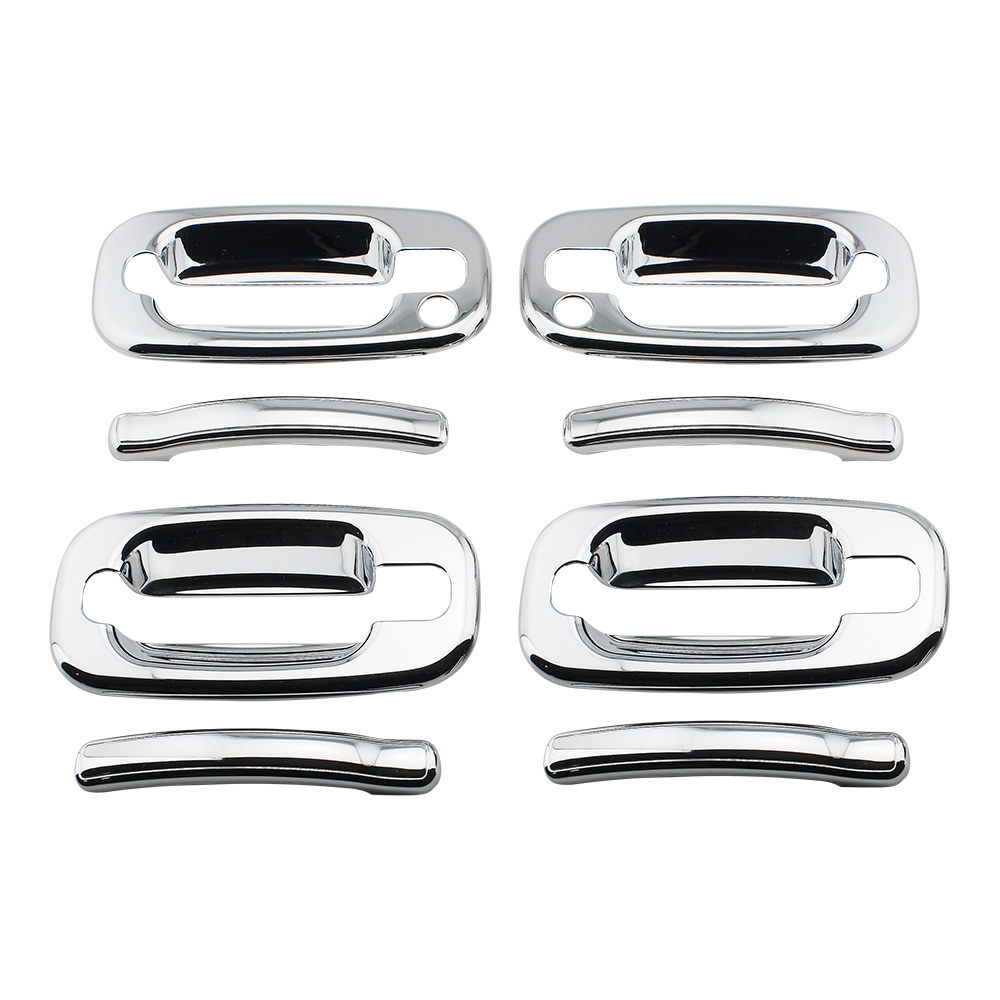 View More >>
View More >>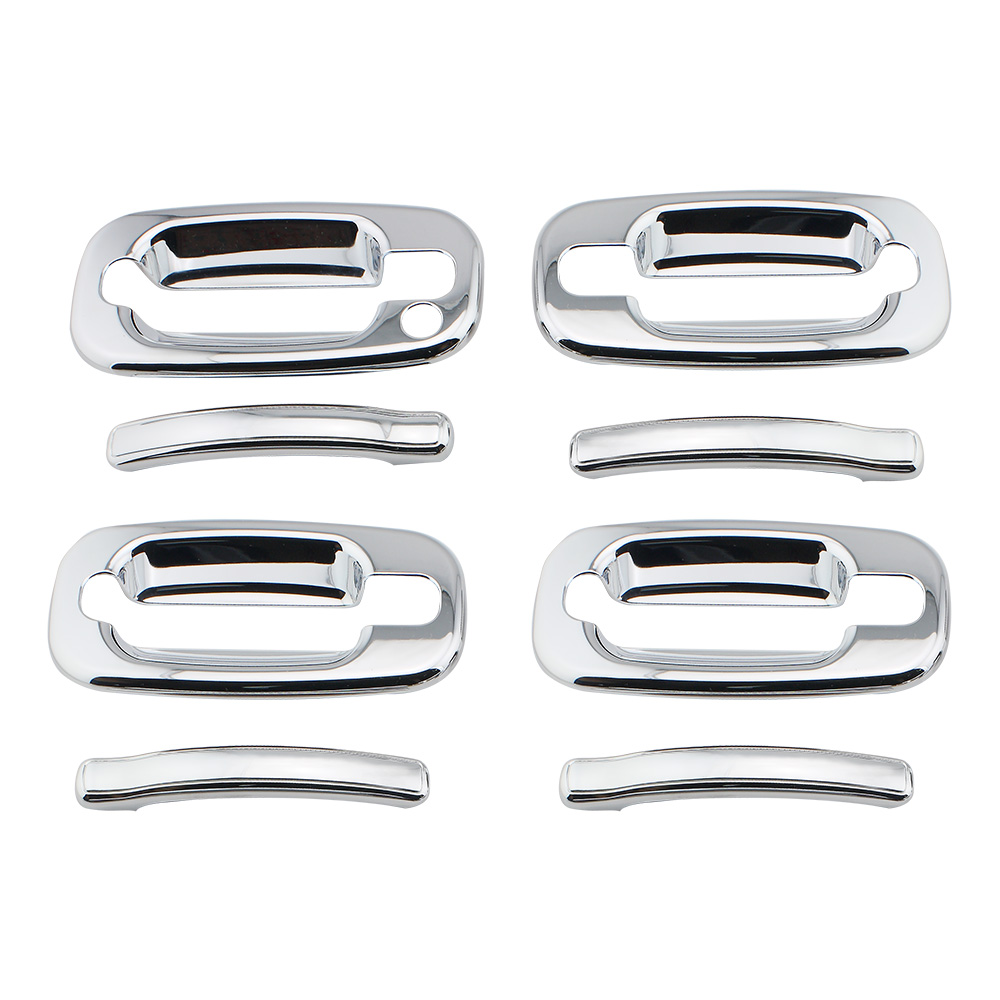 View More >>
View More >>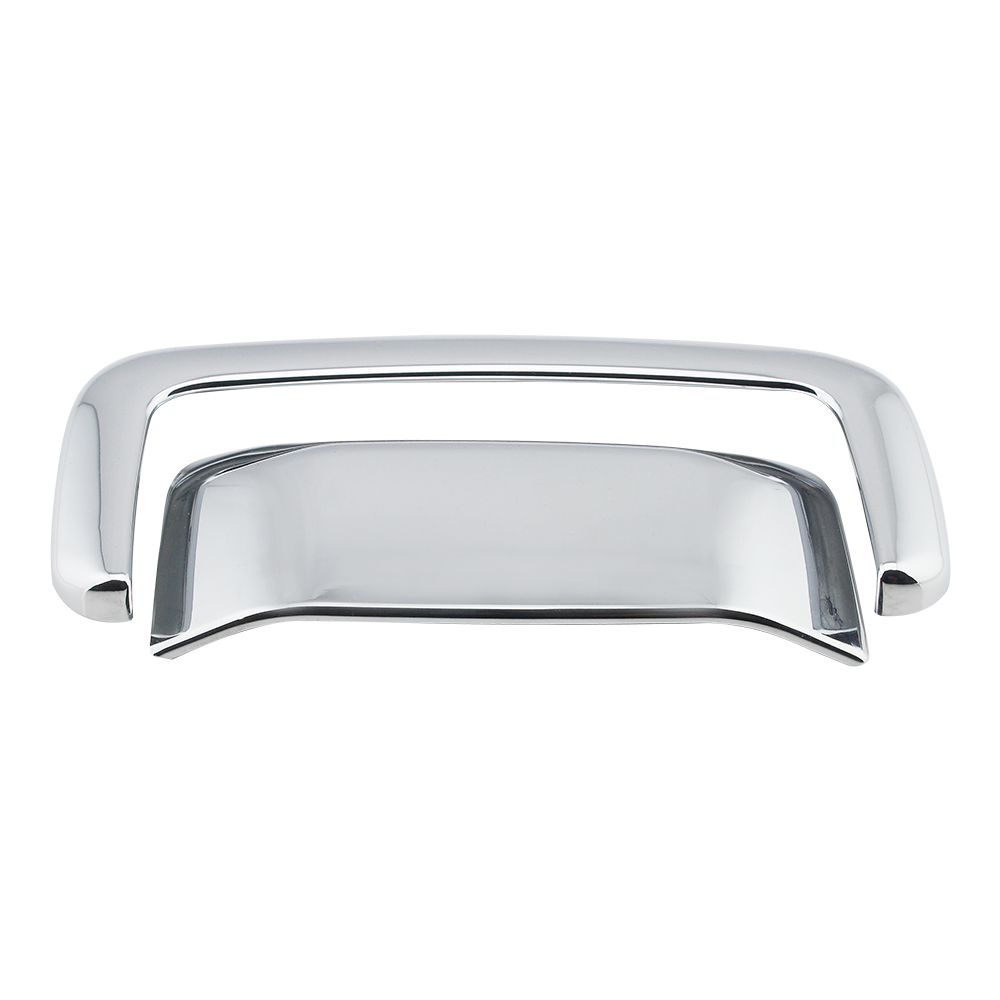 View More >>
View More >>(canaddletterfordraptor)-1.jpg) View More >>
View More >>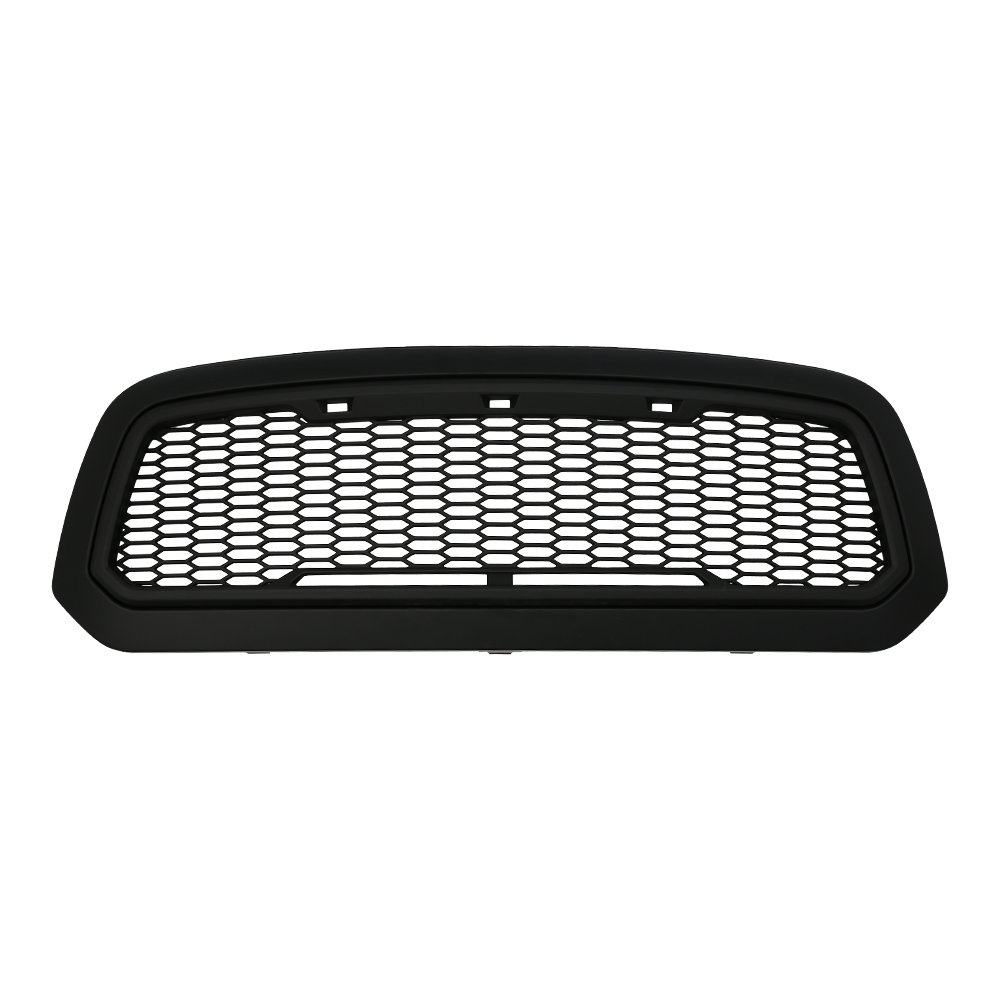 View More >>
View More >> View More >>
View More >>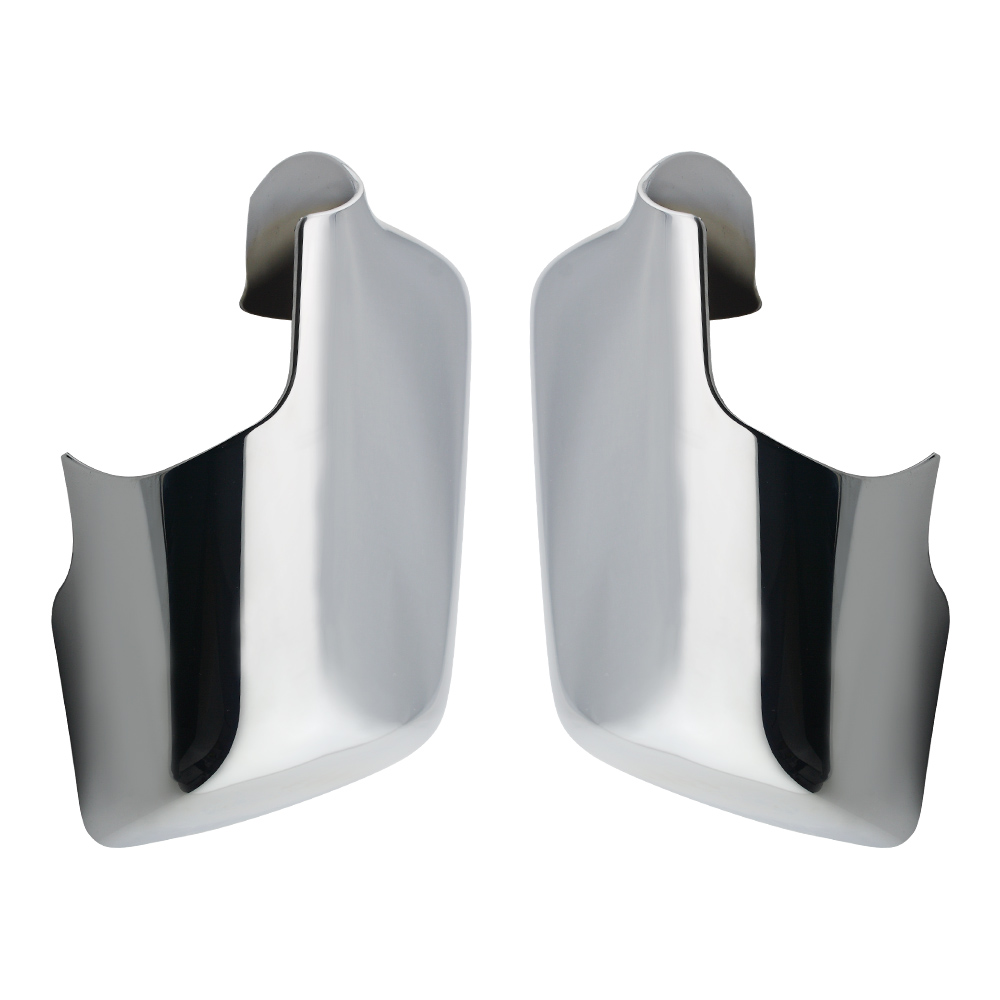 View More >>
View More >>
